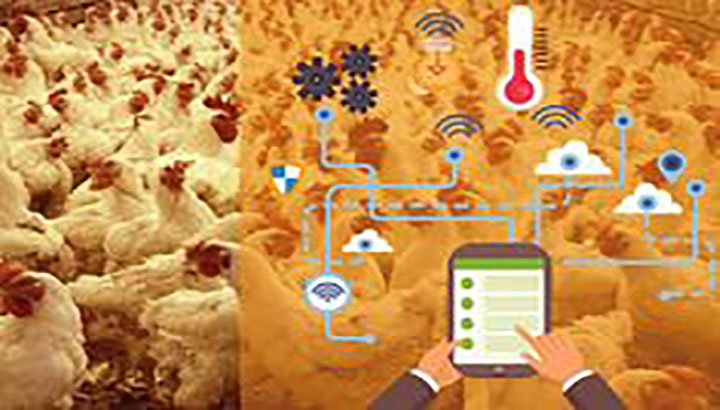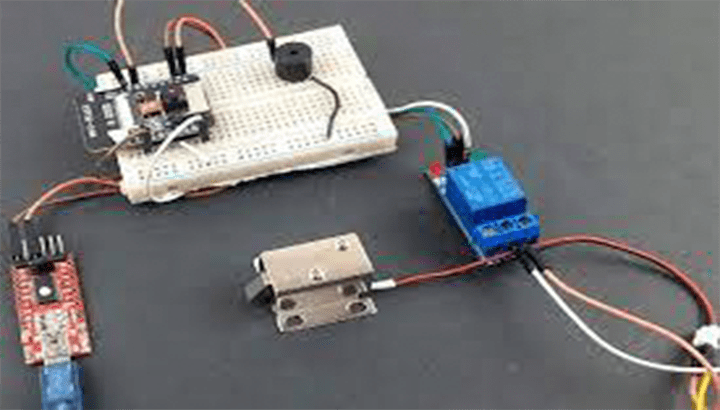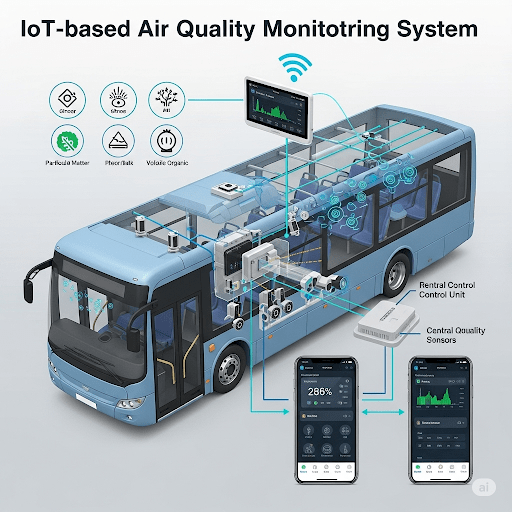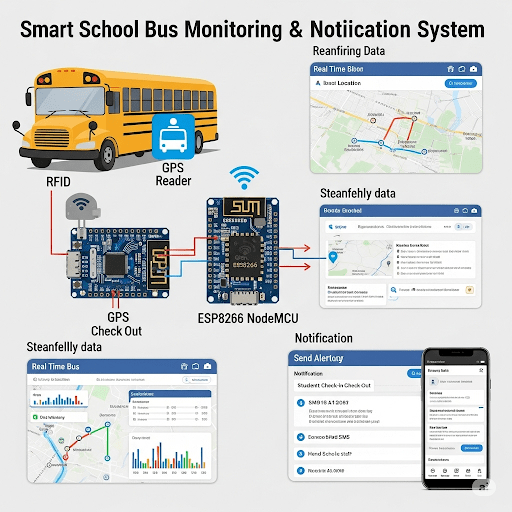Controlling Drunk Driving and Speeding Using RF and Alcohol Detection Sensor Technology
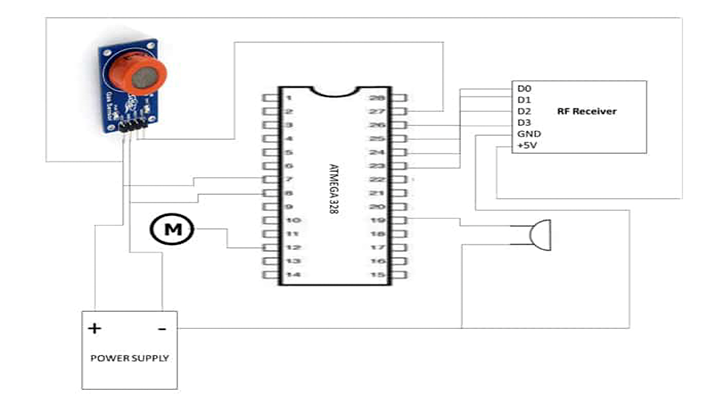
Components Required
1. MQ3 Alcohol Sensor: To determine the driver's blood alcohol content, the MQ3 sensor is employed. This gas sensor picks up on ethanol, which is the main ingredient in alcoholic drinks.
2. RF Module: The RF module wirelessly transmits data between the vehicle and the system's control center. Data can be sent and received at a distance of up to 100 meters with it.
3. Microcontroller: The general operation of the system is managed by the Atmega 328 microcontroller. It uses the information gathered by the MQ3 sensor and the RF module to process the data, regulate the speed of the car, and stop ignition as needed.
Working of the system
The RF module is used to first determine the vehicle's speed in order for the proposed system to function. After comparing this data with the posted speed limit, the system automatically adjusts the vehicle's speed to comply with the restriction if it detects that it is over it.
The MQ3 sensor detects the driver's blood alcohol concentration simultaneously. The device forbids ignition if the level is higher than the permitted limit, and the car cannot be started until the driver's blood alcohol content falls below the permitted limit.
If the driver's blood alcohol level is below the legal limit, the system allows ignition and the vehicle to start. To avoid accidents, the system will notify the driver and automatically adjust the speed if the driver's blood alcohol content is higher than the permitted limit while operating a vehicle.
Conclusion
The proposed system provides a dependable and effective method for reducing traffic accidents caused by speeding and drunk driving. The system uses advanced technology to properly monitor the vehicle's speed and the driver's blood alcohol percentage, and it automatically controls the speed to comply with the posted speed limit and prevent ignition if necessary. We hope that this system will be expanded to a larger area in the future because it has the potential to significantly improve road safety and save countless lives.
Related project idea for free
Smart Chicken farming IOT Project for farmers
Chicken farming is the most popular farming activity in Rwanda nowadays. As chicken farming is growing, the farmers need to know how they can manage their farming to be more productive; in that case, chicken farmers need to know the condition in which their chickens are growing so that they can i...
Read more>>AUTOMATIC DOOR UNLOCKING SYSTEM USING FACE RECOGNITION - esp32-cam Project IOT
This report describes the design and implementation of automatic door unlocking system using face recognition for the purpose of increasing security and safety. Today we are facing security issues in every aspect. Instead of monitoring that through password or pins unique faces can be made use of as...
Read more>>Smart energy monitoring and control system for traditional factories
Due to the constant use of various electric and electronic loads in homes and businesses, there is a rising demand for electric energy. With the requirement for an immediate rise in electric energy, especially in traditional factories, coupled with its monitoring parameters and control systems, t...
Read more>>IoT-based Air Quality Monitoring System in Public Transport
Public transportation is primarily used by the vast majority of people in low- and middle-income countries for daily activities. Public buses, for instance, are the primary mode of transportation in Kigali (Rwanda), as they are more cost-effective than alternative options including private cars,...
Read more>>Smart school bus monitoring and notification system using RFID, GPS and ESP8266 NodeMCU
While employing technology in the classroom and school administration is the idea behind smart education, there are other aspects of education that also need to be automated. One such aspect is comforting parents while sending their children to school. One major issue in the City of Kigali is the...
Read more>>
